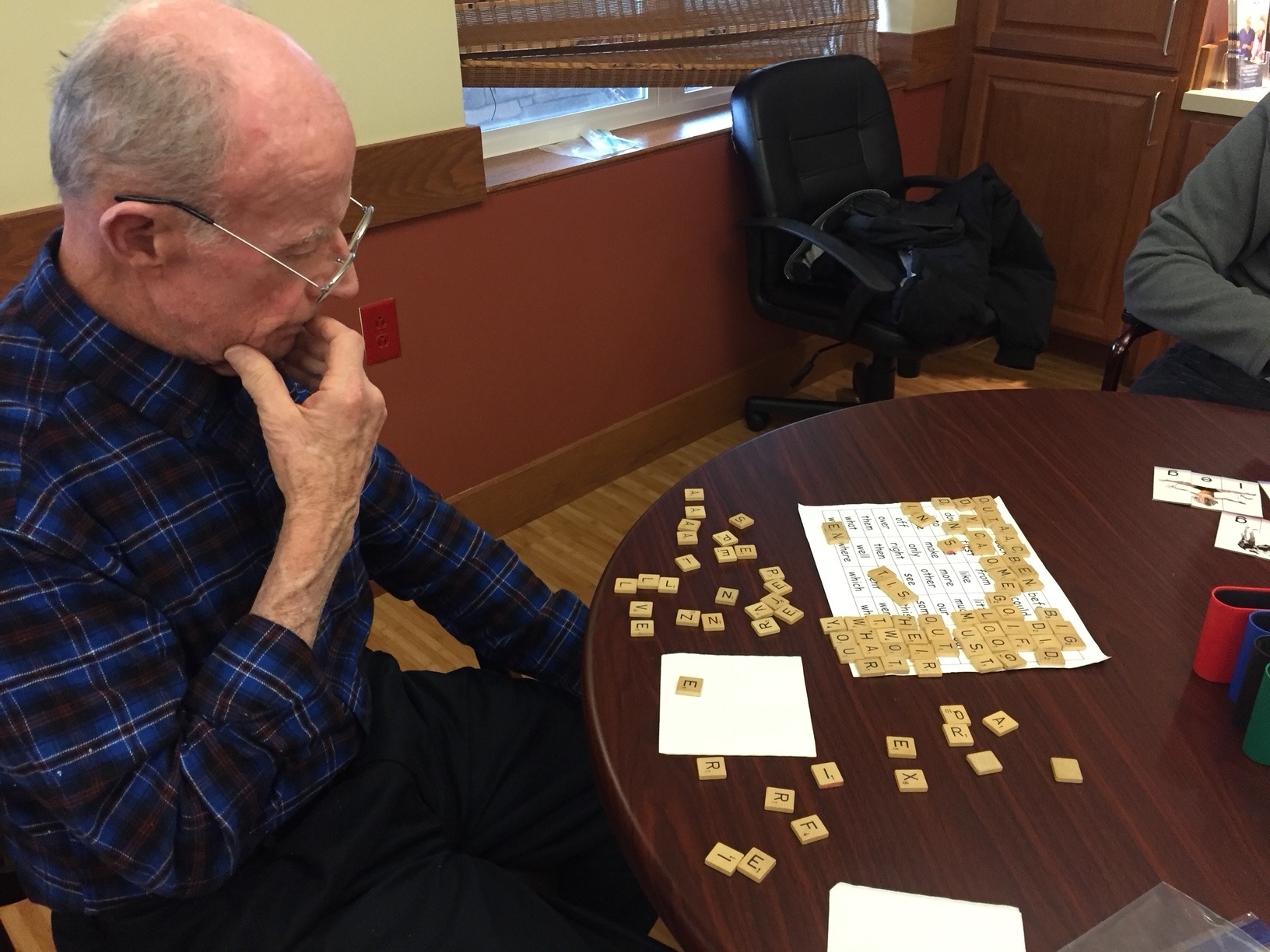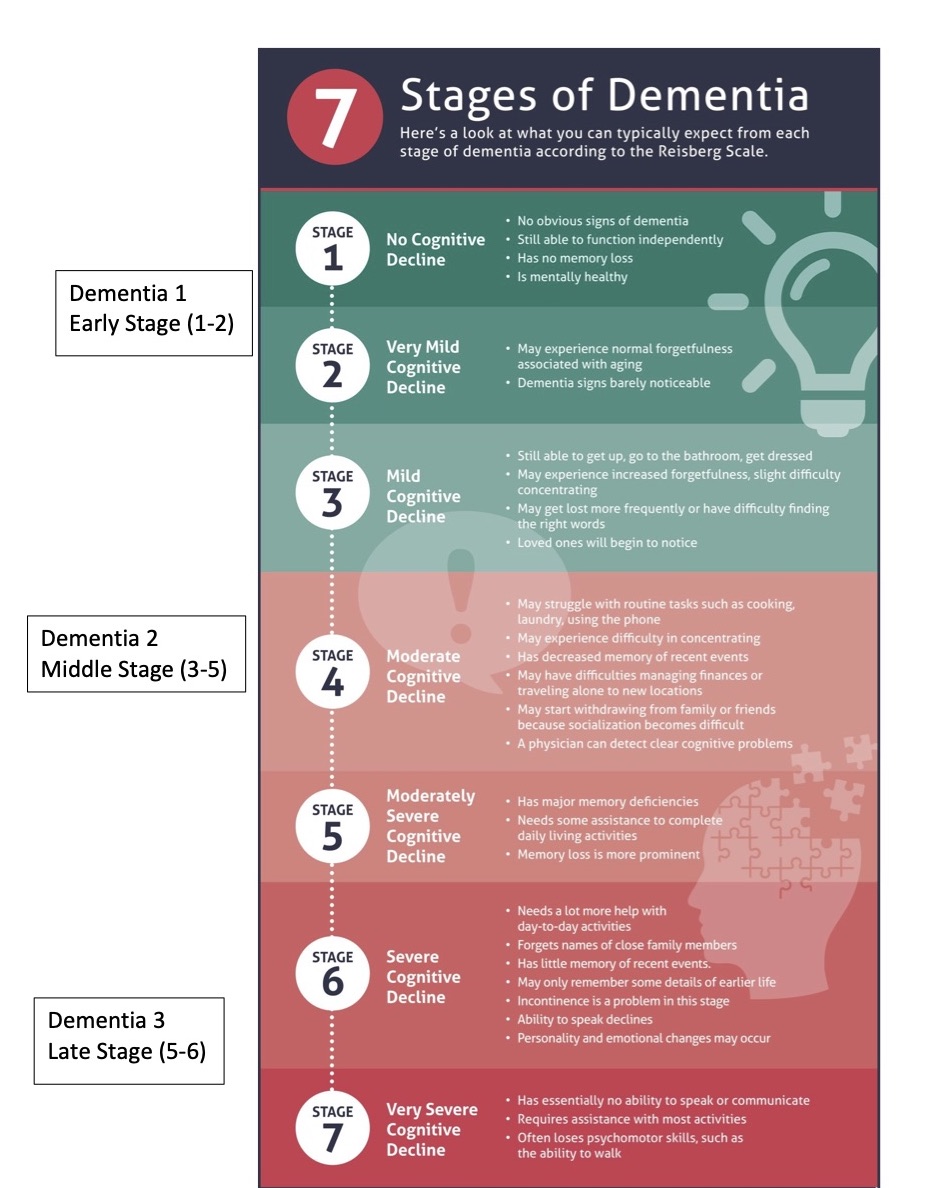Engaging the Participant with Dementia
By Meghan Morrissey and Joyce St Amanda - April 30, 2025
Some participants are ready, willing, and able to jump in and start an activity, whereas others need encouragement. If your first attempt to engage someone does not work, try again. If they are still resistant, perhaps move on to others and then come back and try a different approach. If the participant wants you to do the activity for them, then you have a couple of choices: (1) Tell the participant that you are busy demonstrating an activity with their neighbor and that you will be back, or (2) help the participant, but after one minute, say “It’s your turn!” DO NOT do the activity for them—that is not your goal! Think of creative ways to get them engaged. You could also try the following:
Demonstration – With very little explanation, show the materials and demonstrate what to do with them.
Invitation – Set out the activity adjacent to the participant and begin doing the activity. If/when the participant shows interest, invite them to join in. Once they are engaged, excuse yourself to “go help Betty” or to “get a tissue.” Slide the activity in front of the participant so that they may continue on their own.
Ask for their “assistance” – Ask the participant if they would be able to help you with the task. “These poker chips are all jumbled, could you sort them for me?” “These bolts came loose, could you tighten them?”
Limit options – Too many choices can be overwhelming for some, so narrow them down. For a weaving loom, give only a few loops at a time. For painting or coloring, ask, “Do you want to paint the boat blue or red?”
Avoid “yes or no” questions – Do not ask, “Do you want to do an activity?”; this can easily be answered “NO!” By offering choices, you assume participation: “Would you like to paint or sort coins?”
Encouragement – Some may hesitate to start an activity because they are insecure about their ability. How to alleviate their discomfort will vary with the individual’s cognitive level and personality, but generally a calm, supportive approach, giving encouragement to “Just give it a try,” will help.
One step at a time – Provide supplies and/or instructions in steps rather than all at once.
Step away – Sometimes the best option is to simply lay out the materials and walk away. Many who seem resistant will start an activity when given the time and privacy to explore it on their own.
View our training video -
Video Training | Training Resources for Caregivers to people with Dementia

